
WHAT IS IT?
How is reindeer moss, the star of biophilic design, preserved?
It’s in the heart of Scandinavian landscapes that is harvested the reindeer moss. This reindeer moss is the food of these animals, which are also omnipresent in this region. It is one of our bestsellers because it is mainly used in plant walls for biophilic design, but also one of the oldest preserved plants.
What does reindeer moss look like before it is preserved?
In its natural state, reindeer moss is a very dry and brittle plant. During its harvest, it is not uncommon to see long hoses being deployed to humidify it. This allows it to be handled in crates and transported without damaging it. Despite this “dry” appearance, it is also very spongy, like sphagnum moss. The latter originates from the natural peat bogs of Chile, and is used to make exterior green walls.
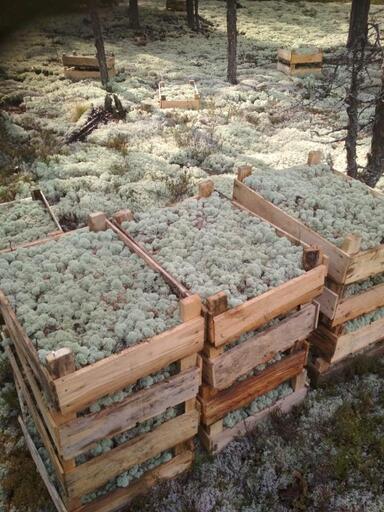
How is reindeer moss preserved?
Reindeer moss is the only plant that is not preserved with glycerin. It is preserved with salt using the preservation by immersion technique. It is immersed in a saline solution (food coloring), then cleaned and dried.
How does reindeer moss obtain its multiple colors?
As you saw in the picture above, reindeer moss is originally white. Thanks to the preservation process, preserved reindeer moss exists in a multitude of colors. Of course, fans of biophilic design will appreciate the various green shades, but the more adventurous among you will love the bold colors we offer such as red, purple, and so on. From the most daring to the most popular, these different colors can adapt to all types of plant projects.
What are the advantages and the constraints when using reindeer moss for your business?
Unlike glycerin, the saline solution is non-flammable, which gives it a natural fireproof property. Moreover, this process allows a natural treatment against insects. Finally, this technique is cheaper than glycerin preservation by immersion, while being able to certify that the plants thus preserved are the most reliable of all.
Despite these advantages, below 40% humidity, reindeer moss becomes dry and brittle again. As salt does not work like glycerin, it needs a minimum of surrounding humidity to be able to drink water and keep its fresh look. Below 40% humidity, salt no longer has enough water to capture.
A final word?
In addition to being the most reliable of all preserved plants, reindeer moss is now a true decorative element on its own. It is ideal for the construction of plant walls. In particular, it has high-performance acoustic attenuation properties, particularly suitable for public places and open-space offices.

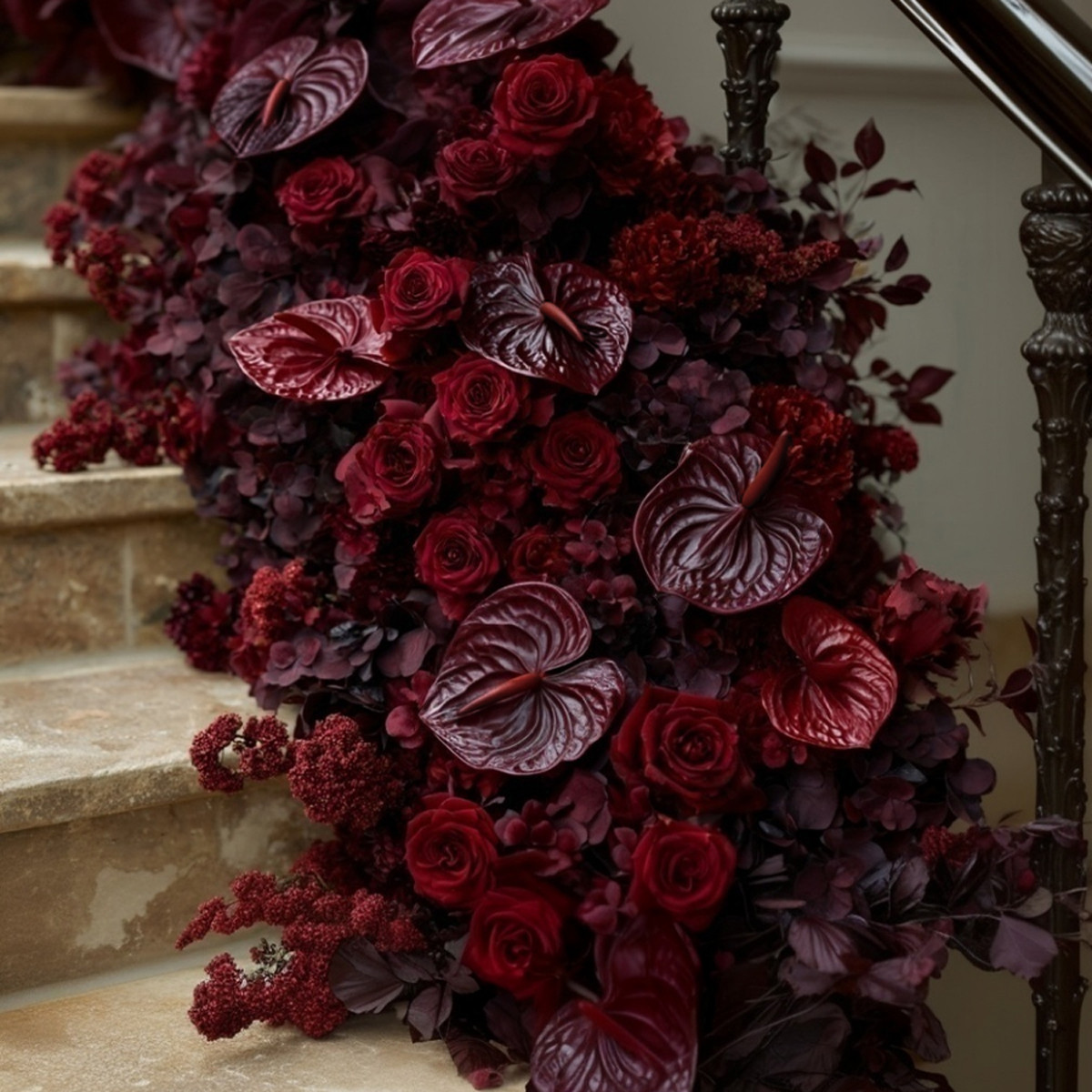




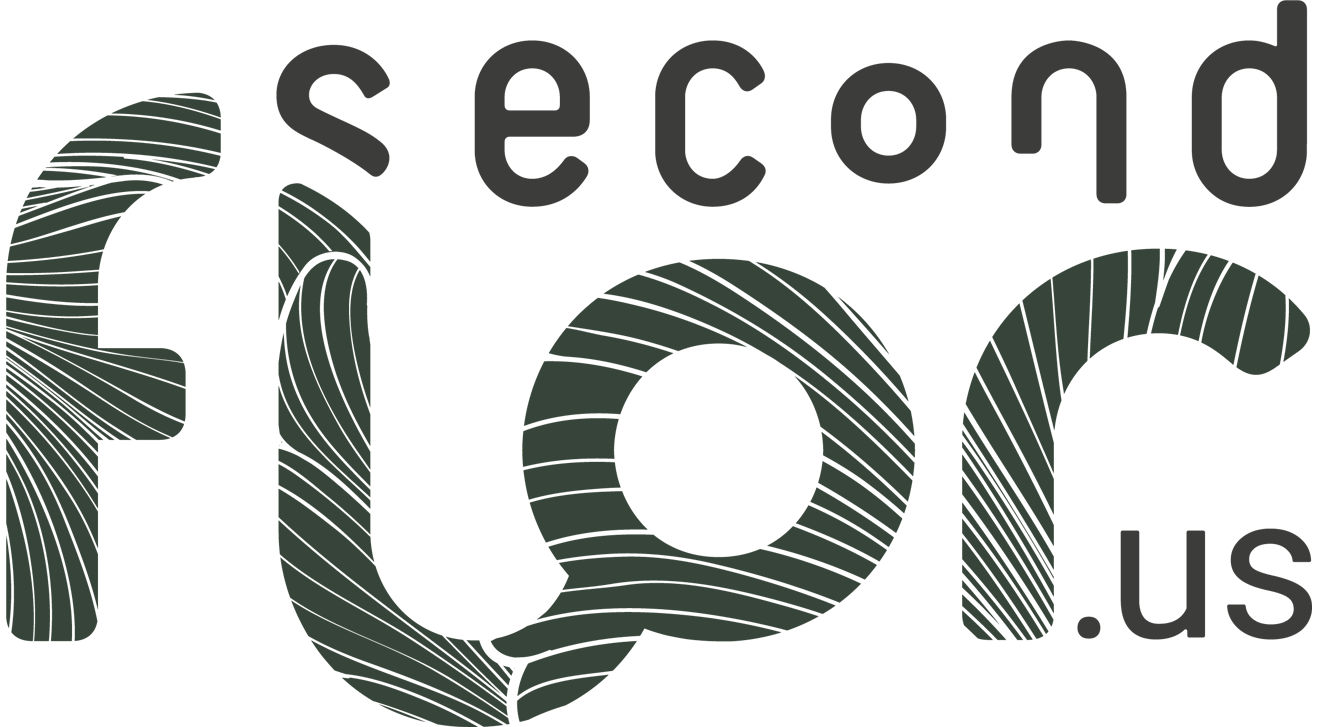

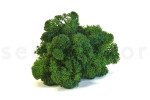
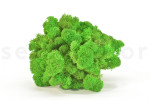
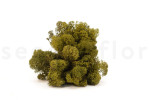
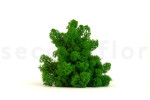

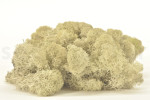

Follow Us